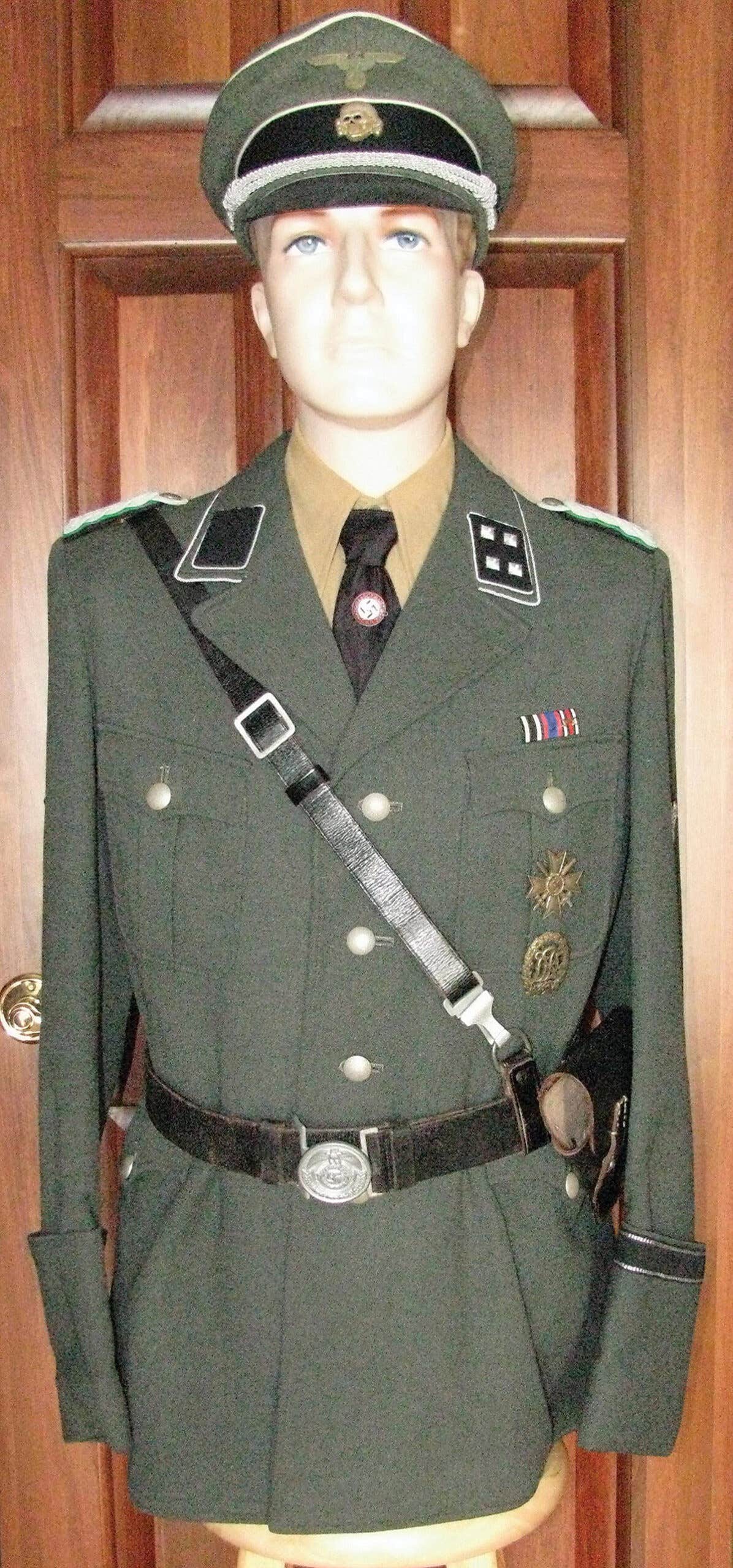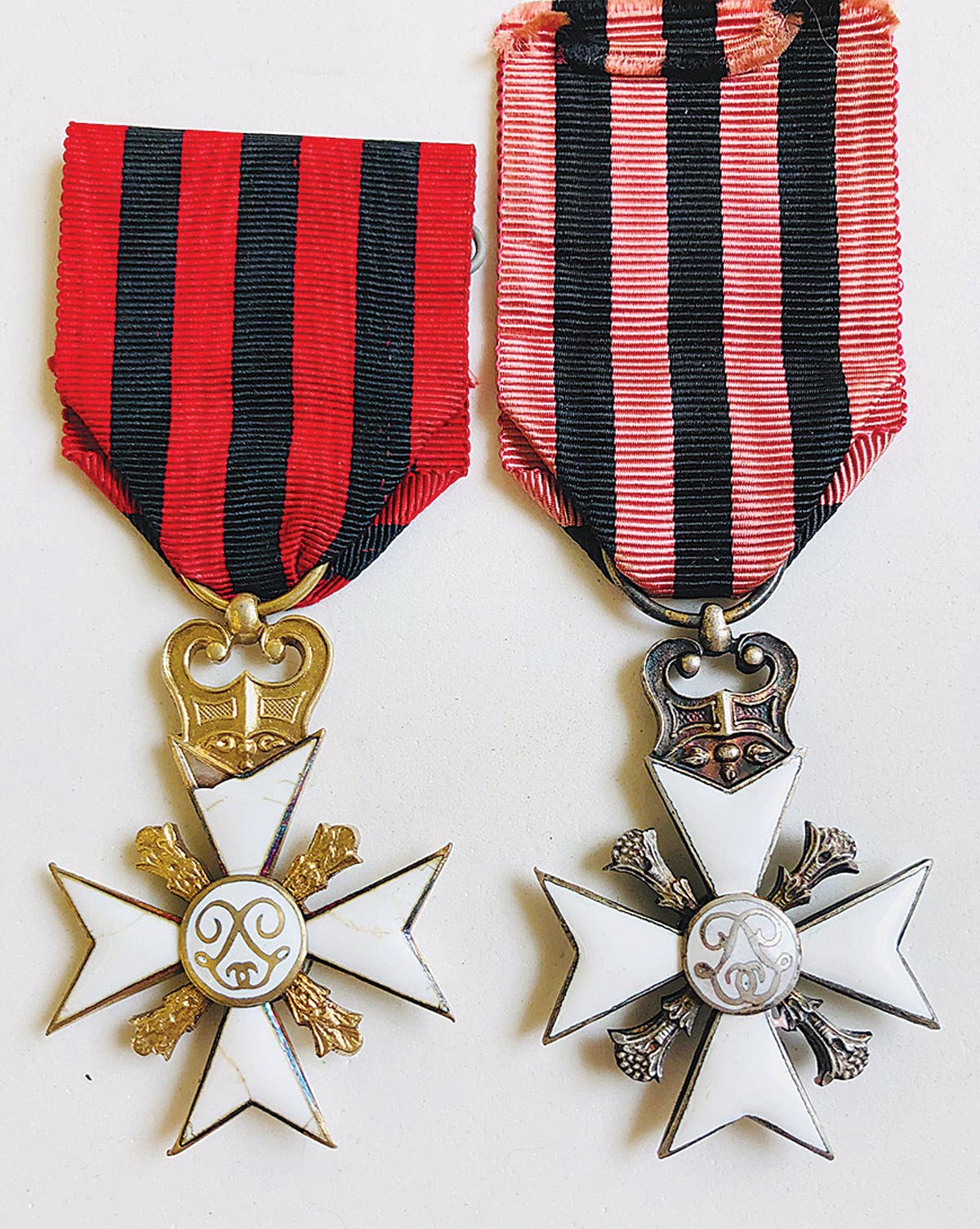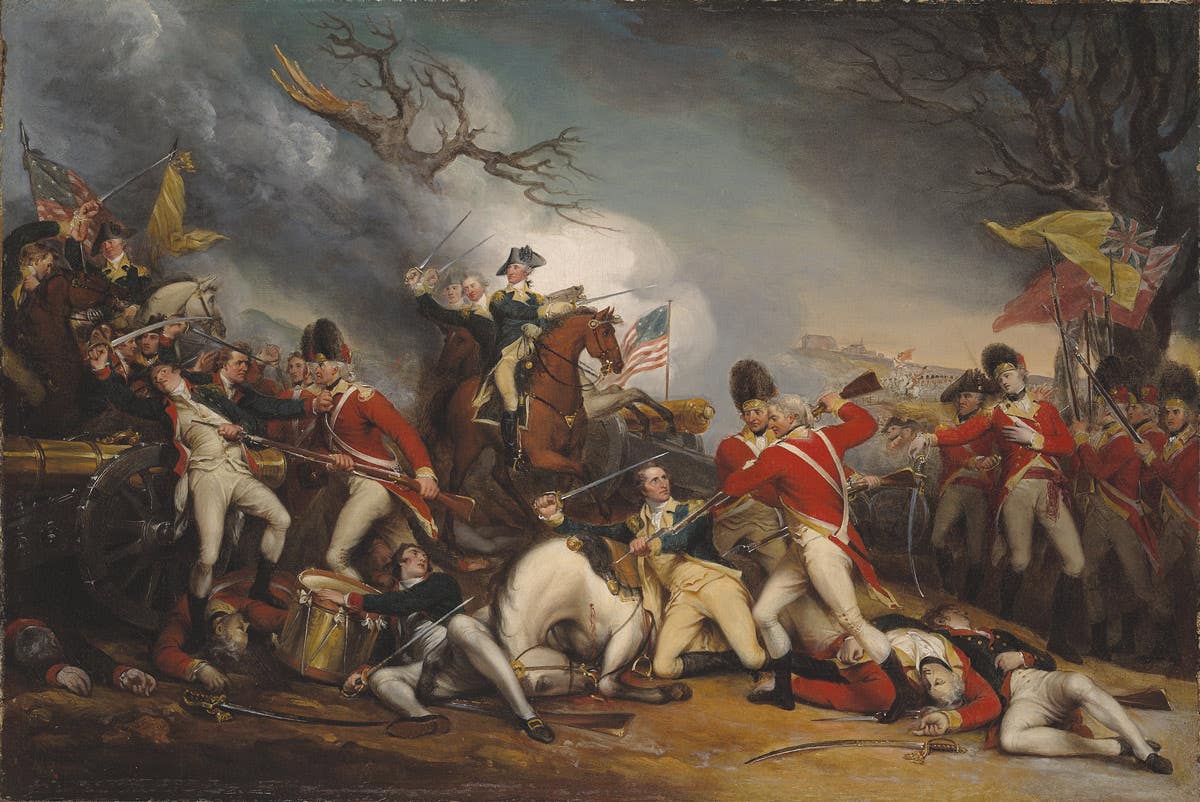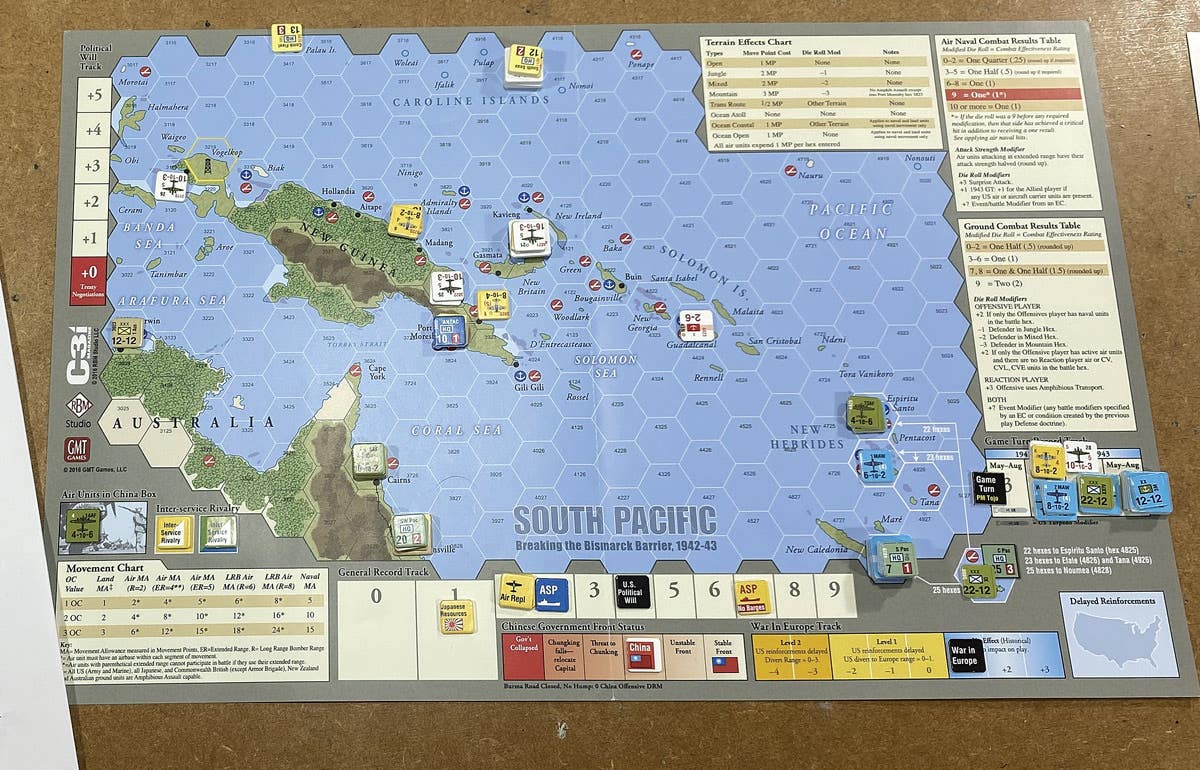The Pride of Pennsylvania
PA Home Defense Police Force stayed vigilant during WWI.
The WWI Pennsylvania Home Defense Police Force in World War One
With the American entry into WWI in April 1917, a strong concern and almost xenophobic reaction occurred with anything associated with the new national enemy Germany. War hysteria had an obvious impact on Pennsylvania due to its rich ethnic diversity especially with a large population with German roots. There was an official reaction to the threat of German subversion leading to a spy “hysteria”. Actually German intelligence did have an active network of agents throughout the western hemisphere and between 1915 and 1917 who genuinely did undertake sabotage attacks against munitions plants and infrastructure of then neutral America. Once war broke out there was a concern of more serious attacks especially in the crucial heavy industries of Pennsylvania. Against this real threat, state and federal agencies were short of personnel and finances. Also unlike WWII when the United States entered the war with an overwhelming consensus, many with ties to Germany in Pennsylvania were against the U.S. entry into the war. Even in the U.S. Congress a minority of six Senators and a significant fifty representatives voting against declaring war probably understates the public qualms about the U.S. entry into WWI. This was especially concerning since Pennsylvania had many communities whose home nations were now at war with the U.S.
Because of war time concerns about sabotage, seditious activities against the war, radical and un-American activities a need was felt to supplement to develop an auxiliary police force to supplement existing forces during this war-time period. This led to the creation of the Pennsylvania Home Defense Police. Awareness of this newly formed WWI organization occurred two decades ago when this author bought his first Pennsylvania Home Defense Police Badge with an iconic keystone design, numbered and issued to Washington County to their Home Defense Police force. Over the next 20 years additional varieties of Home Defense Police badges were added to the collection varying by county location, type, and numbering yet all having the easily recognized keystone design. The badge is of embossed metal in a silver gray finish with dimensions of 50mm x 45mm. Each badge had a county name embossed at the top and a serial number at the bottom assigned to the person to whom it was issued. As additional badges were added I discovered for each county that issued the badge that there were two types. The first type had the county name in raised letters. In subsequent issues, since they had no idea of how many men they needed per county, this second type would have the county name stamped at the top. The serial number was stamped in all badges which gives a collector some idea of how many members from issuing counties had in their Pennsylvania Home Defense Police force. It was fortunate that over that period, I came to know two major collectors of the genre who would be instrumental in allowing the story of the Pennsylvania Home Defense Police to be written. Surprisingly even with the power of the internet very little information could be found of the Pennsylvania Home Defense Police creation, the number of counties involved and detailed information of the group’s organizational structure. It would be in cooperation with these two collectors that the true story can be told.
The first major contributor would be Ken Fleck of Bullfrog Valley Militaria and a major advertiser in the Military Trader. Noted for his expertise and a major collector of Pennsylvania Home Defense Police Badges, his research showed that this auxiliary police force was authorized by an Act of the Pennsylvania legislature on July 18, 1917 under a plan formulated some months earlier. At that time 12,217 volunteer Home Defense Police were quickly commissioned, drilled and in service under direction of county superintendents. In enrolling members, fitness was first passed upon in the local units with each member commissioned by the governor and invested with this specific authority. Duties included preventing injury to the various industries of the Commonwealth by enemies’ acts; to suppress riots and tumult; to preserve peace and public safety; and to arrest upon view, without warrant, any person apprehended in the commission of any offense against the laws of the state or of the United States. The official insignia of the Pennsylvania Home Defense Police was a badge and an arm band and while most officers of the force wore civilian clothes, there have been instances discovered where uniforms were worn by the participants. Ken Fleck uncovered a historical document issued to member of the force from Columbia County which details the instructions on the correct way to identify themselves as follows: “Your arm band is to be worn on the left sleeve between the elbow and wrist ONLY IN CASE OF YOUR BEING ON ACTIVE DUTY. Your badge is to be worn inside of your coat WHERE IT CANNOT BE SEEN, except when on active duty. Your usefulness will consist largely in keeping your eyes and ears open for doubtful person with seditious tendencies, which you will report at once to your Platoon Commander. You have the power of arrest, with or without warrant, but this authority must not be used injudiciously. The Committee of Public Safety reserves the right to recall the commission of any member of the Home defense Police who does not act with good judgement in all cases. You are not to advertise the fact that you are a member of the Home Defense Police. More results can be accomplished quietly than by having the membership of the force known. – signed “George Wagner, Commander Columbia County”.
A second major contributor with an extensive collection of Pennsylvania Home Defense Police items is that of Max Bellard of Beaver County in western Pennsylvania. He was able to provide a striking photo of a Home Defense member in full uniform with both his badge and arm band clearly seen. He acquired this photo of Lereto Venditti, about 20 years of age, wearing his PHDP uniform with a Montgomery County Badge in a photo originally seen at the Pennsylvania State Museum. The armlet is substantially long enough to encircle the coat sleeve with 1 centimeter black stripes on a white background with the black & white seal of the State of Pennsylvania. (Fig 5) The arm band is considered to be very rare since it was made of felt with painted stripes and state seal rarely surviving a century later as seen in this Bellard example.
One of the most often question asked by collectors was “did each county have a Home Defense Police force”? By comparing each of our collections over twenty years, the answer is that about half of the 67 counties in Pennsylvania had a badge unique to their county, with our collections accounting for 34 of the 67 counties. This was done by comparing the badges collected in both the Fleck and Burrows collection. While both collections shared mostly ones in common and found in each of the collections, both had additional badges unique to their collection alone. Consultation with the Bellard collection found one badge that was issued by the most populous county in Pennsylvania which was that of Philadelphia County and not in either collection. It was also unique only to that county and not a typical keystone badge. Apparently under the plan of organization in the state, county forces are separate from those of larger cities. Philadelphia has control of its own Defense Police independent of general State system. Chiefs of police command in the cities, township officers in first-class townships and authorized county officials control elsewhere. Members were officially enrolled for local service only, since the force is on a volunteer basis, they may volunteer for temporary service in any part of the State, should occasion require the mobilization of special forces to handle extraordinary situations. In a number of counties, the Home Defense Police have been uniformed and even equipped with rifles by the local Council of National Defense. One rare photo unearthed by a collector shows a group of Home Defense Police officers in full uniform wearing the easily recognized keystone badge.
Many units had received military instruction and drill in riot, fire, and other police duties. In addition to performing routine police duty, had enforced regulation of the United States Food Administration, and investigated seditious activities, and made arrests at the instance of the United States Department of Justice. They also had been active and location and arresting deserters from army camps and aided in procuring a full registration of men of military age, and in many other ways made themselves useful auxiliaries of the Government. The Home Defense Police are generally recognized to have a potent moral influence which prevented disorder from coming to a head in sections where sedition probably would have been open had there been no preparation made to keep it in check. The State authorities had requested that the organization be kept intact and in service until a final peace settlement of WWI.
Many examples of the Home Defense Police investigations occurred in the war time period included a damaging incendiary fire in Portage (Cambria County) cited as an apparent act of sabotage. With a Home Defense Police investigation it was determined the company concerned was deeply unpopular with both its workforce and neighboring businesses, and probably a personal rivalry accounted for a non-political arson. Another example at Petrolia in Butler County, one F.S. Stern might have made indelicate remarks about the Lusitania and he had relatives in the German Army. The Home Defense Police officer found he was not well liked and treats his employees badly. This went far towards explaining complaints. Allowing for the prejudices of the age, the Home Defense Police often had a healthy skeptical view of accusations. Officers interviewed complaints, but sought confirmation from local notables and neighbors and often were swift to conclude that the report might have arisen from personal malice, or a professional busybody.
The main collectibles of the Pennsylvania Home Defense Force are limited to the official badge found in two varieties, the arm band, and photographic images. It should be pointed out that there also can be found two slightly different reverses for the badge all with identical reverses but some examples with horizontal open catch pins and some less often found with vertical open catch pins. Examples of some known badges from counties beginning with the letter A-J are shown. Correspondingly our second example of known badges arranged alphabetically from L-Z show an impressive array as well.
In addition to already mentioned duties, these auxiliary police helped the War Department with some preliminary training of drafted men, so that they would arrive in camp with some preliminary knowledge of military tactics. There were instances the police gave assistance in the wartime influenza epidemic assisting in quarantine work. They also manned ambulances and assisted at hospitals where orderly service was inadequate to meet the epidemic crisis. The War Department commended the volunteer policing as having been of notable military value in relieving the department of the necessity of taking many protective measures. The Pennsylvania Home Defense Police fulfilled their role right up to the time of the Armistice ending what was called the Great War.
David Burrows is a retired educator and life long military collector. He started collecting as a teenager. David was a physics teacher for 37 years with the Pittsburgh Public schools. He is a frequent contributor to Military Trader as well as the OMSA Journal. His other passion with British cars has resulted in many feature stories both in US publications as well as international publications over the last 30 years.







